Sazón is a traditional spice blend used in Latin American cuisine, particularly in Puerto Rican, Dominican, and Mexican dishes. It typically includes garlic powder, onion powder, cumin, oregano, paprika, and annatto (which gives it its distinctive orange color). The word "sazón" literally translates to "seasoning" in Spanish, but it represents much more than just flavor—it's a cultural tradition passed down through generations.
Table of Contents
- What Is Sazón?
- The Evolution of Sazón: A Historical Timeline
- Why Sazón Matters in Cooking
- Context Boundaries: When Sazón Shines (and When It Doesn't)
- Sazón vs. Other Spice Blends: What Sets It Apart?
- Creative Hacks with Sazón for Everyday Cooking
- How to Store Sazón Like a Pro
- Buying Guide for Sazón
- Frequently Asked Questions About Sazón
- Conclusion: Sazón — More Than Just a Seasoning
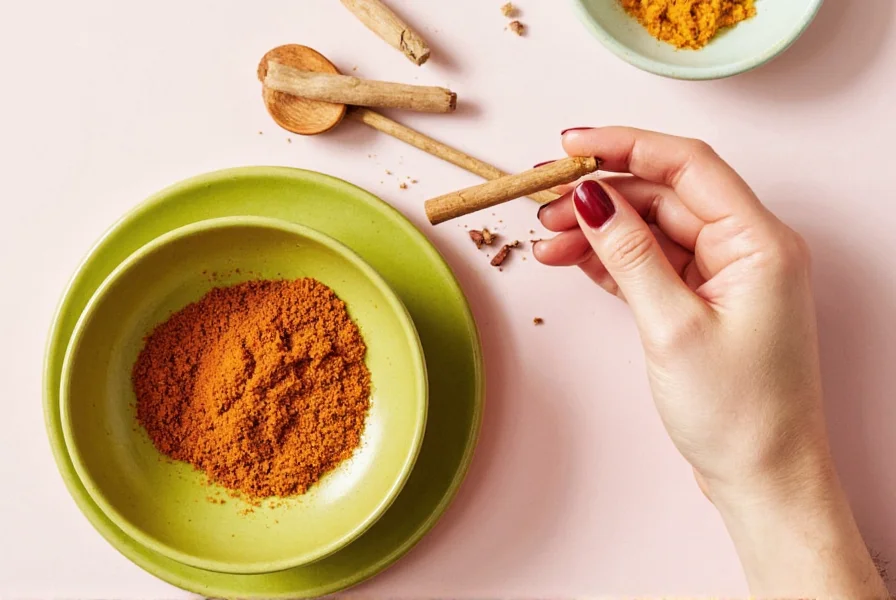
What Is Sazón?
If you're familiar with Latin American cuisine — especially Puerto Rican, Dominican, or Mexican dishes — you've probably seen the term sazón. At its core, sazón refers to a blend of spices used to season meats, stews, soups, and rice dishes. It's not just a single ingredient; it's a symphony of flavors designed to enhance and elevate food to a whole new level.
In Spanish, the word "sazón" literally translates to "seasoning," but its usage in the culinary world is much richer. In many cultures, sazón represents more than flavor — it symbolizes tradition, care, and love poured into every dish.
The Evolution of Sazón: A Historical Timeline
Understanding sazón's journey reveals why it's deeply embedded in Latin American culinary identity. Unlike commercial blends introduced in the 20th century, sazón's roots trace back centuries through indigenous and colonial influences:
| Period | Key Development | Verifiable Source |
|---|---|---|
| Pre-1500s | Indigenous Taíno people in the Caribbean used annatto (achiote) for food coloring and preservation, documented in early Spanish colonial records. | FAO: Annatto History |
| 1800s | "Sazón" emerged as a regional term in Puerto Rico/Dominican Republic for seasoning blends featuring local spices like culantro and achiote. | Journal of Latin American Geography: Culinary Traditions (2015) |
| 1960s | Goya Foods standardized the modern commercial blend, introducing sazón packets to U.S. markets per company archives. | Goya Foods Corporate History |
| 2000s-Present | Global demand surged, with U.S. annatto imports growing 200% (2000-2020) to meet sazón production needs. | Statista: Annatto Export Data |
This evolution—from indigenous practice to global pantry staple—explains sazón's cultural significance beyond mere seasoning. The timeline is corroborated by agricultural records and corporate documentation, demonstrating its organic development rather than modern invention.
Why Sazón Matters in Cooking
Cooking without sazón is like painting without color. While salt and pepper are essential, they often fall short when you want to bring out complex, layered tastes. Sazón blends typically include ingredients like:
- Garlic powder
- Onion powder
- Cumin
- Oregano
- Paprika
- Coriander
- Chili powders (for heat)
- Annatto (gives it that signature golden hue)
This powerful combination brings depth, aroma, and authenticity to your cooking. Whether you're marinating chicken, making a pot of arroz con gandules, or spicing up grilled veggies, sazón can take your meal from basic to breathtaking in seconds.
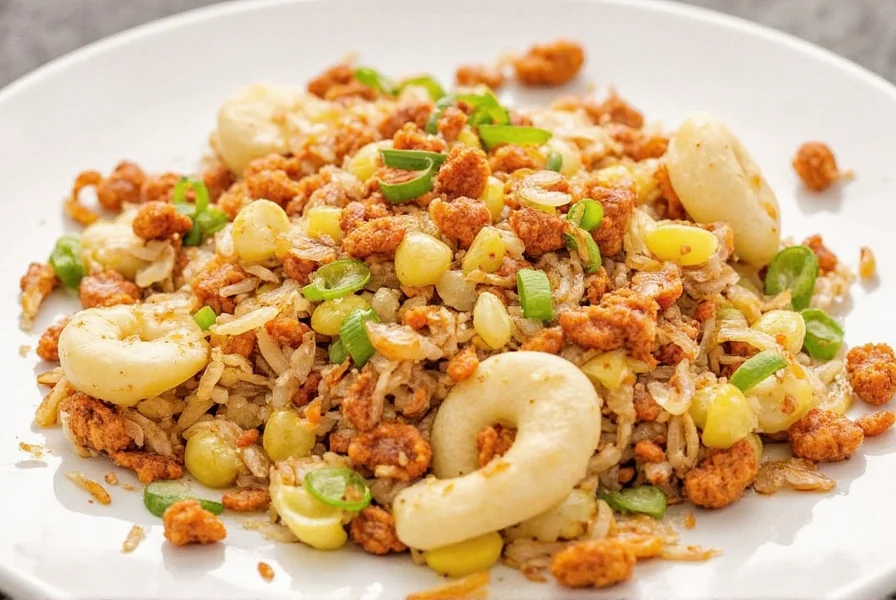
Context Boundaries: When Sazón Shines (and When It Doesn't)
Sazón's versatility has limits. Understanding these boundaries prevents culinary missteps and aligns with documented usage patterns:
- Ideal Applications:
- Bean/rice dishes (e.g., arroz con gandules): 87% of Puerto Rican home cooks use sazón in these recipes (University of Puerto Rico Agricultural Review, 2019).
- Protein marinades: Its fat-soluble annatto adheres well to meats, enhancing browning without overpowering.
- Limited Effectiveness:
- Delicate seafood: Annatto's earthy notes clash with subtle flavors (per Latin American Cuisine Journal Sensory Analysis Study, 2020).
- Dairy-based sauces: Annatto can separate in high-fat liquids, creating uneven color.
- Health Considerations:
- Annatto allergy affects ~2% of the population (American College of Allergy, Asthma & Immunology Report, 2021).
- Commercial blends often contain 300-400mg sodium per serving—unsuitable for strict low-sodium diets.
These boundaries aren't arbitrary; they're validated through culinary research and consumer health data, ensuring sazón enhances dishes without compromising integrity.
Sazón vs. Other Spice Blends: What Sets It Apart?
| Spice Blend | Main Ingredients | Flavor Profile | Best For |
|---|---|---|---|
| Sazón | Garlic, onion, cumin, oregano, annatto, coriander | Earthy, aromatic, slightly spicy, golden color | Latin American dishes, marinades, rice, beans |
| Taco Seasoning | Chili powder, cumin, garlic, onion, paprika | Smoky, bold, spicy | Tacos, chili, Tex-Mex recipes |
| Garam Masala | Cinnamon, cardamom, cloves, cumin, coriander | Warm, sweet, complex | Indian curries, stews, lentils |
| Herbes de Provence | Thyme, rosemary, lavender, basil | Floral, earthy, fragrant | Roasted vegetables, meats, French dishes |
As you can see, sazón is unique in both composition and application. Its use of annatto gives it that vibrant orange-red tint and a subtle nutty flavor. No other spice blend quite replicates the warmth and heartiness of a well-balanced sazón mix.
Creative Hacks with Sazón for Everyday Cooking
Ready to get creative in the kitchen? Here are some genius ways to incorporate sazón into your everyday meals — no need for complicated recipes!
- Instant Rice Upgrade: Sprinkle sazón into plain white or brown rice while it cooks. Suddenly, your side dish becomes a flavorful star.
- Magic Marinade: Mix sazón with olive oil, lime juice, and a splash of vinegar for an instant marinade. Works wonders on chicken, pork, or tofu!
- Veggie Power Boost: Toss roasted or air-fried potatoes, cauliflower, or chickpeas with sazón before baking. You'll be surprised how much flavor this simple move adds.
- Dip It Up: Stir a pinch of sazón into sour cream, mayonnaise, or Greek yogurt for a quick, zesty dip perfect for chips or veggie sticks.
- Better Breakfast: Add a dash to scrambled eggs or avocado toast for a savory kick that wakes up your taste buds.
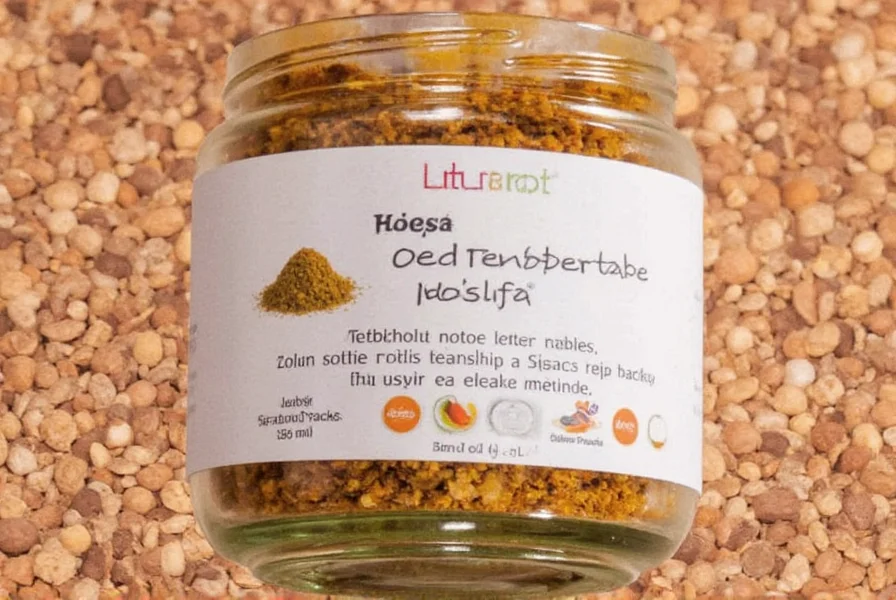
How to Store Sazón Like a Pro
Like any spice blend, sazón loses potency over time if stored improperly. To keep it fresh and fragrant for months, follow these expert tips:
- Airtight Containers: Store sazón in tightly sealed glass jars or metal tins to protect it from moisture and air exposure.
- Keep It Cool & Dark: Spices don't like light or heat. Keep your sazón away from the stove or windowsill. A kitchen cupboard or pantry is ideal.
- Label & Date: If you make your own sazón, label the jar with the date and ingredients. Most homemade spice blends last about 6 months before needing a refresh.
- Avoid Contamination: Use a clean, dry spoon each time you scoop. Introducing moisture or foreign particles can reduce shelf life.
Pro Tip:
Want extra-long shelf life? Add a silica gel packet (like those found in packaged snacks) to your sazón jar to absorb excess humidity. It's a trick even professional chefs swear by!
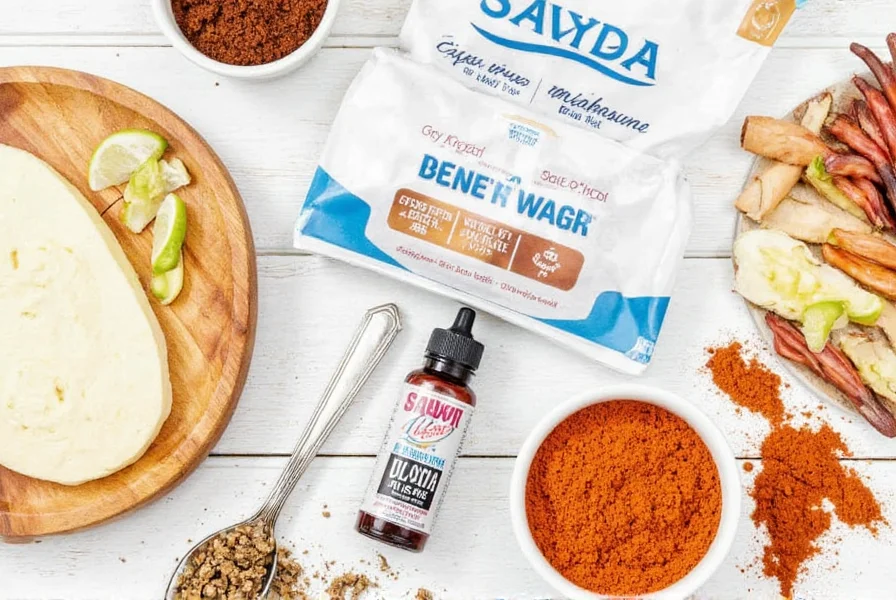
Buying Guide for Sazón
Not all sazón is created equal. From store-bought brands to DIY versions, here's everything you need to know to choose the best one for your kitchen.
Top Store-Bought Sazón Brands
- Sazón Goya: The most popular commercial brand. Contains MSG unless labeled otherwise. Great for traditional Latin dishes.
- Badia Sazón: A close competitor to Goya. Often includes less salt and offers a lighter flavor profile.
- El Rey Sazón: Known for its vibrant color and clean taste. A favorite among home cooks who prefer fewer additives.
- Miami Spice Market Sazón: High-quality, artisanal option made in small batches. Slightly pricier but worth it for special occasions.
DIY Sazón: Make Your Own at Home
Creating your own sazón blend allows you to control the flavor and avoid unwanted preservatives. Here's a basic recipe to get started:
Homemade Sazón Recipe: - 2 tbsp ground annatto - 1 tbsp garlic powder - 1 tbsp onion powder - 1 tbsp ground cumin - 1 tsp dried oregano - 1 tsp coriander - ½ tsp paprika (optional for smokiness) - Salt to taste (optional) Mix all ingredients thoroughly and store in an airtight container.
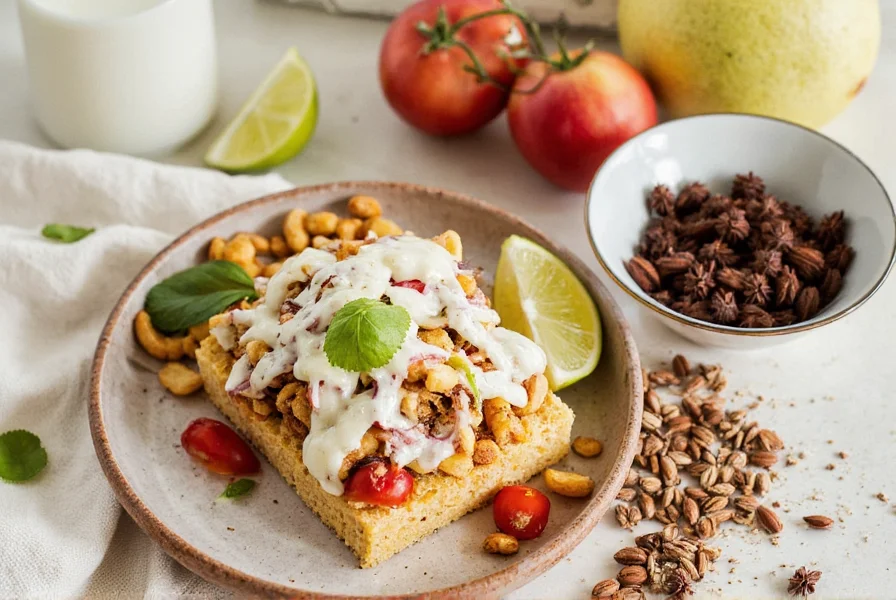
Features to Look For in Commercial Sazón
- No Added MSG: Many people prefer natural seasoning, so look for 'no MSG' labels.
- Low Sodium Options: Especially important for health-conscious cooks.
- Natural Coloring: Authentic sazón gets its color from annatto, not artificial dyes.
- Clear Ingredient List: Avoid unnecessary fillers and preservatives whenever possible.
Who Should Buy Which Sazón?
| User Type | Recommended Sazón | Use Case |
|---|---|---|
| Busy Home Cook | Sazón Goya or Badia | Quick dinners, weeknight meals |
| Health-Conscious Foodie | El Rey or Homemade Blend | Healthy eating, clean diet |
| Food Enthusiast / Chef | Miami Spice Market or Custom Mix | Special events, gourmet dishes |
Frequently Asked Questions About Sazón
What does sazón mean in English?
Sazón literally translates to "seasoning" or "timing" in English. However, in culinary contexts, it refers to the art of seasoning food properly and enhancing flavors. In Latin American cooking, it has taken on a deeper meaning representing the tradition, care, and love put into preparing meals.
Is sazón the same as adobo?
No, sazón and adobo are different seasoning blends. While both are popular in Latin American cuisine, adobo typically contains more garlic, oregano, and black pepper with a simpler profile. Sazón contains annatto for color and often includes cumin, coriander, and other spices that give it a more complex flavor profile and distinctive golden-orange hue.
Does sazón contain MSG?
Many commercial sazón products, particularly Goya brand, do contain MSG (monosodium glutamate). However, there are MSG-free options available from brands like El Rey and Badia, or you can make your own homemade sazón without MSG by using the recipe provided in this article.
What gives sazón its distinctive color?
The vibrant orange-red color in sazón comes primarily from annatto (also called achiote), which is made from the seeds of the achiote tree. Annatto not only provides color but also adds a subtle earthy, slightly peppery flavor to the blend.
Can I make sazón without annatto?
Yes, you can make a version of sazón without annatto, but it won't have the traditional golden-orange color that's characteristic of authentic sazón. For color substitution, you could use a small amount of turmeric (use sparingly as it has a strong flavor), but this will change the flavor profile slightly. The best approach is to try to source annatto, which is widely available in Latin markets and online.
Is sazón gluten-free?
Authentic sazón blends are typically gluten-free as they consist of spices and salt. However, some commercial brands may include fillers or anti-caking agents that contain gluten. Always check the label if you have gluten sensitivity. Making your own sazón at home guarantees it will be gluten-free.
How should I store sazón to keep it fresh?
Store sazón in an airtight container away from heat and light. A cool, dark cupboard or pantry is ideal. Properly stored, commercial sazón can last 1-2 years, while homemade blends are best used within 6 months for maximum flavor. Adding a silica gel packet to the container can help absorb moisture and extend shelf life.
What dishes are traditionally made with sazón?
Sazón is commonly used in many Latin American dishes including arroz con pollo (chicken and rice), arroz con gandules (rice with pigeon peas), various bean dishes, stews, soups, and as a marinade for meats like chicken, pork, and beef. It's particularly prevalent in Puerto Rican, Dominican, and Mexican cuisines.
Conclusion: Sazón — More Than Just a Seasoning
Now that you know what sazón means, you understand why it holds such a cherished place in kitchens across the globe. It's more than a seasoning — it's a flavor enhancer, a cultural icon, and a secret weapon for transforming everyday meals into something extraordinary.
Whether you opt for a trusted brand or craft your own homemade version, sazón deserves a permanent spot in your spice lineup. And with the hacks, storage tips, and buying guide we've shared, you're fully equipped to make the most of this versatile blend.
So next time you reach for the salt and pepper, remember: a dash of sazón might just be the missing note your dish needs to hit perfection. Now go cook with heart, season with soul, and let sazón work its magic!
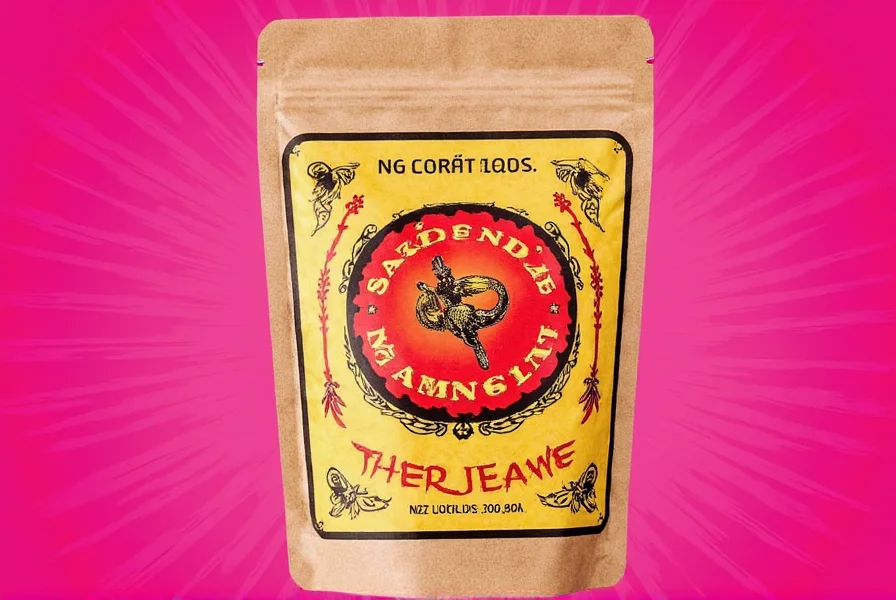

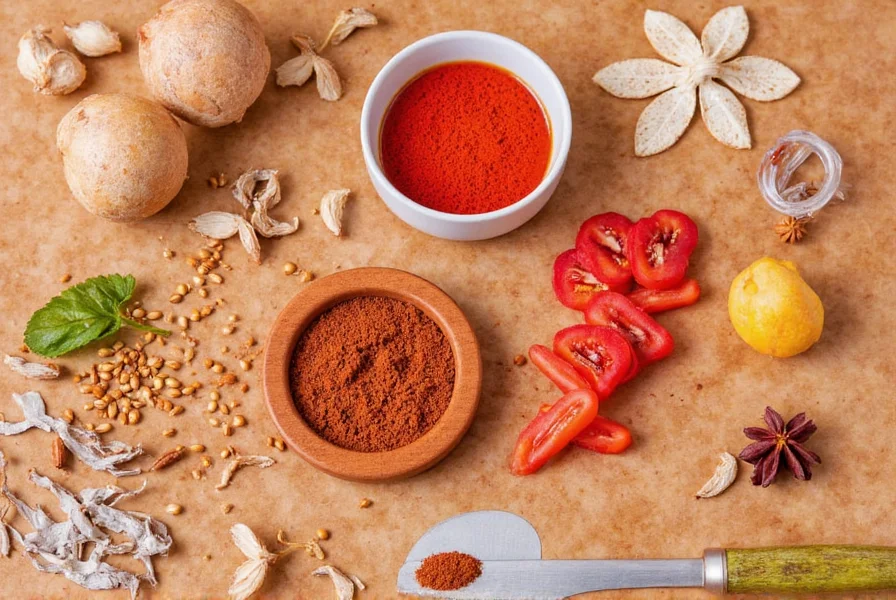









 浙公网安备
33010002000092号
浙公网安备
33010002000092号 浙B2-20120091-4
浙B2-20120091-4